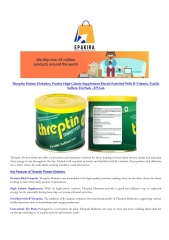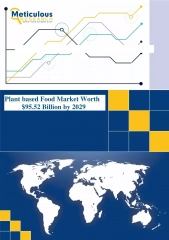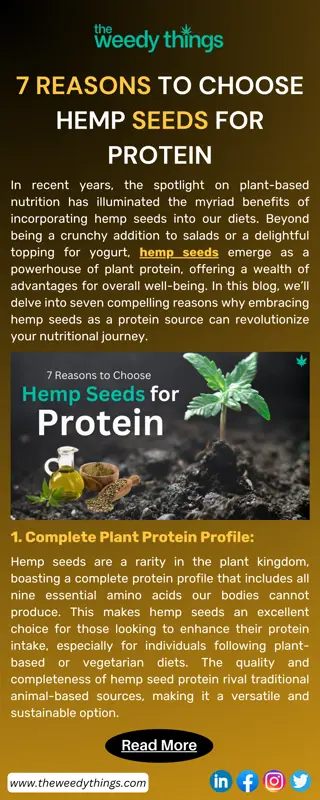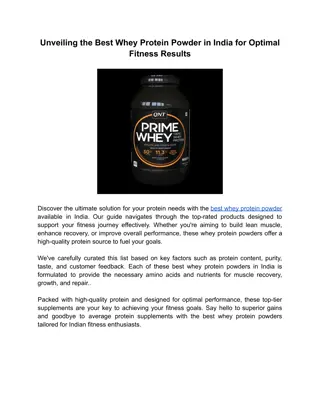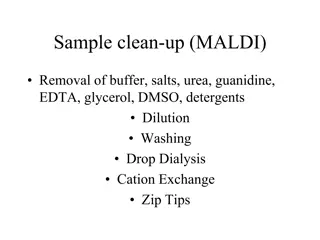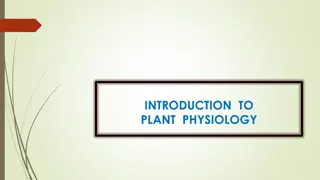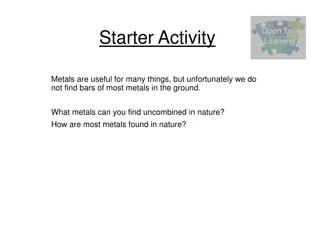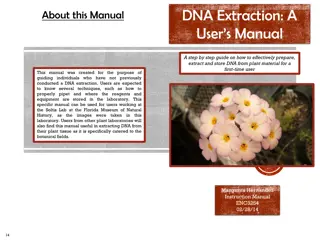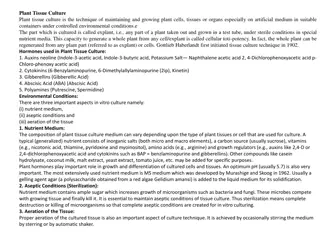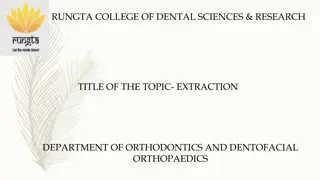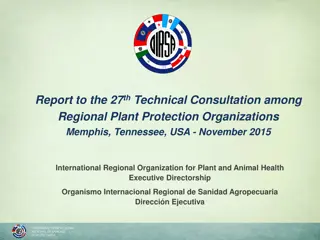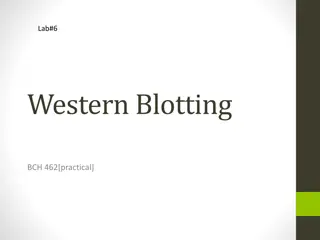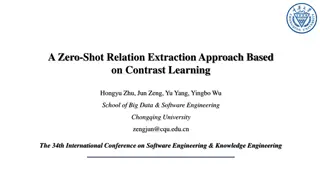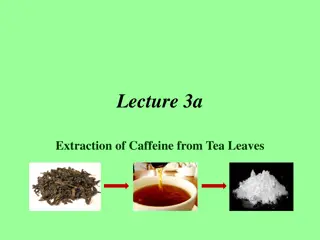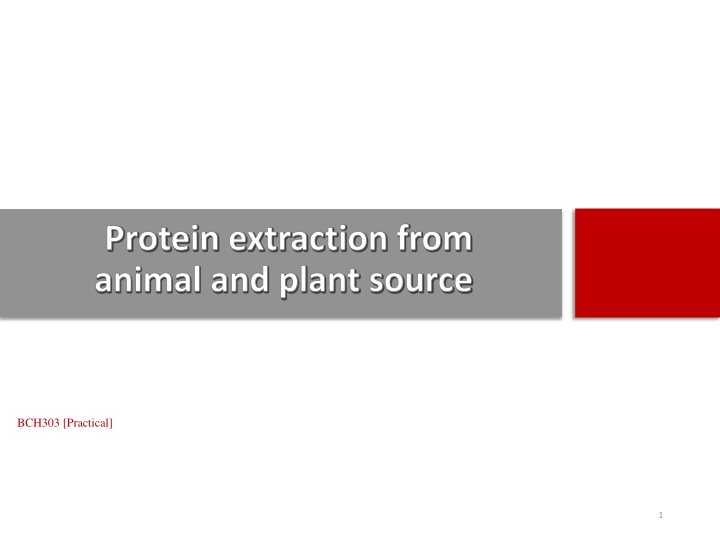
Protein Extraction Methods from Animal and Plant Sources
Learn about cell lysis, disruption, and protein extraction techniques from animal and plant sources in the field of biochemistry. Discover the principles, methods, and practical aspects involved in isolating proteins for various applications.
Download Presentation

Please find below an Image/Link to download the presentation.
The content on the website is provided AS IS for your information and personal use only. It may not be sold, licensed, or shared on other websites without obtaining consent from the author. If you encounter any issues during the download, it is possible that the publisher has removed the file from their server.
You are allowed to download the files provided on this website for personal or commercial use, subject to the condition that they are used lawfully. All files are the property of their respective owners.
The content on the website is provided AS IS for your information and personal use only. It may not be sold, licensed, or shared on other websites without obtaining consent from the author.
E N D
Presentation Transcript
Protein extraction from animal and plant source BCH303 [Practical] 1
Cell lysis and disruption: Cell lysis is the first step in cell fractionation, organelle isolation and protein extraction and purification. Many techniques ??? 2
Cell lysis and disruption methods: Mechanical and non-mechanical methods. Traditional Methods for Cell Lysis - Thermo Fisher Scientific 3
Cell disruption by different mechanical and non- mechanical methods: 4 "Homogenization." Biology Forums Gallery, 4 Mar. 2014, https://biology-forums.com/index.php?action=gallery;sa=view;id=15348. Accessed 29 Sep. 2024.
Protein extraction/isolation: There is no universal protocol for protein sample preparation. (WHY?) Factors affecting: Sample. Structure of protein. Location. Yield. 5
Protein extraction/isolation method: 5 Steps to Fundamental Protein Preparation - Thermo Fisher Scientific 6
Principle: The initial step of any purification procedure must, of course, be to disrupt the starting tissue to release proteins from within the cell. Depend on the cell type. Animal and plant cell ? Cell disrupting will be achieved using both mechanical and non-mechanical methods. After extraction, protein concentration determination is a routine requirement during protein purification, which can be achieved by different method (coming labs). 8
Experiment 1 : Protease inhibitor extraction from plant source Aim: To prepare crude extract from plant source. Method: 1. Weight 12 g of the sample and place it in the blender with 200 ml of the extraction buffer (phosphate buffer 0.1 M, pH 7.0) 2. Incubate the homogenate at room temperature on a rotary shaker for 30 min at 150 rpm. 3. Filter the slurry through cheesecloth and then transfer to centrifuge tube. 4. Centrifuge the filtrate at 10,000 rpm for 10 min at 4 C for the removal of any cell debris that remained in the preparation. 5. Measure the volume of the supernatant. 11
Experiment 2 : Lactate dehydrogenase extraction from animal source Aim: To prepare crude extract from animal source. Method: 1. Cut ~7.5 g of muscle tissue from the tissue source. Record the exact weight of tissue used. 2. Cut the tissue into small pieces. Discard the connective tissue and fat. 3. Add 38 ml of cold extraction buffer (0.1 M Tris-HCl, pH 7.4) in a blender with the sample. 4. Transfer the homogenized tissue/buffer mixture into centrifuge tubes. 5. Centrifuge your homogenate for 10 minutes at 7000 rpm. 6. Measure the volume of the supernatant. 12


